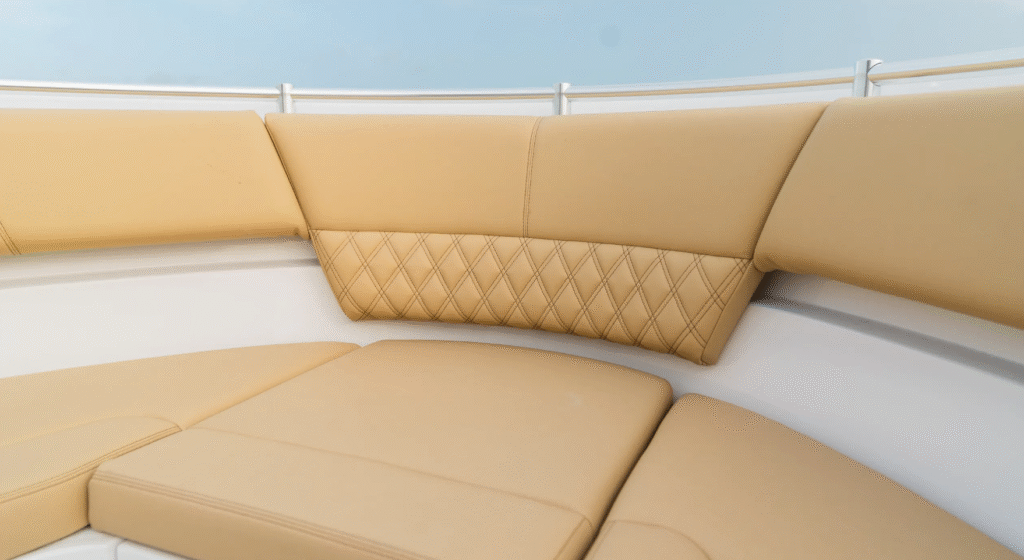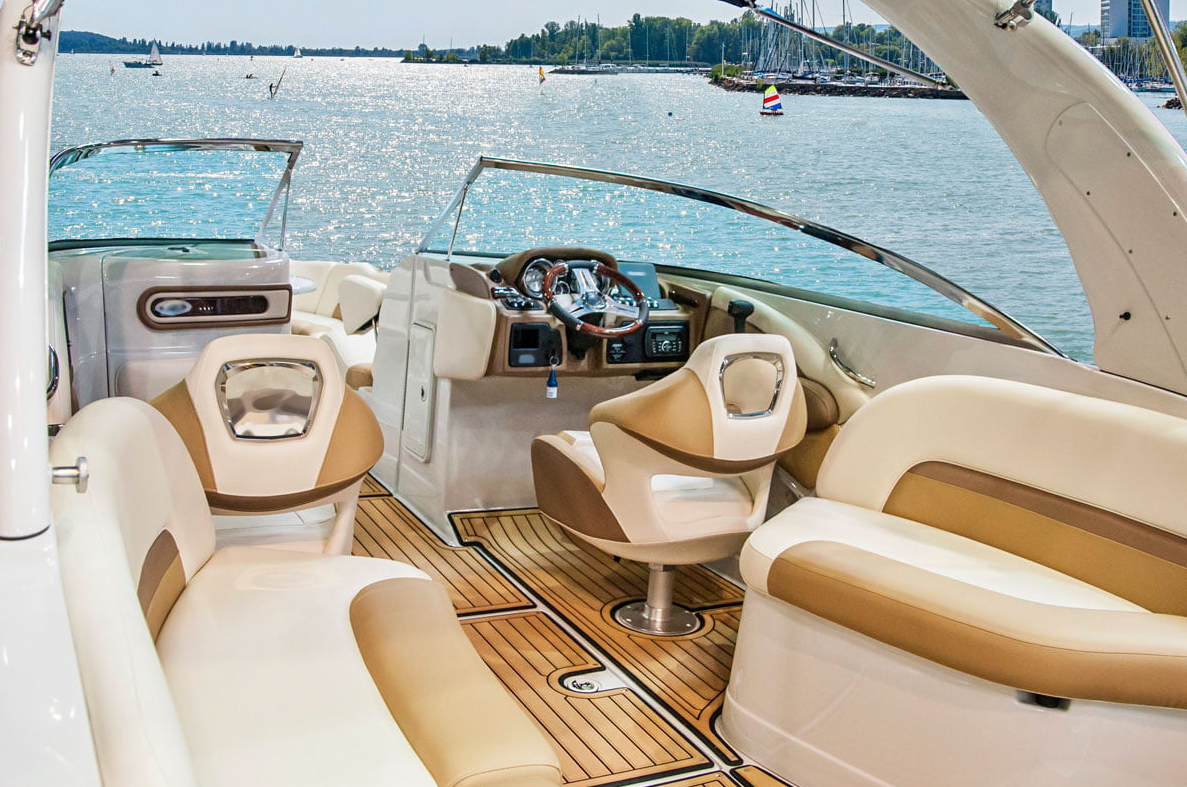In recent years, the boats upholstery sector has moved from a quiet niche to a fast growing segment of the broader marine market. Industry analysts note a steady increase in demand for durable and visually appealing marine fabrics as more recreational boat owners prioritize comfort and style. The trend follows a wider shift toward upgraded onboard experiences, driven by lifestyle changes and the growth of the leisure boating industry.
Manufacturers report that interest in long lasting and environmentally conscious materials has reached its highest point in the last decade. This shift reflects changing expectations among boat users who now treat interior quality as a core part of their overall experience on the water.
For readers interested in professional marine interior upgrades, more information is available on the official website of a certified boats upholstery provider.
Market Trends Behind the Growing Demand
Several factors are shaping the rising attention toward boats upholstery. Analysts highlight a combination of consumer expectations, design innovation, and economic changes.
Key forces include
- Increased sales of recreational boats in coastal regions
- Higher demand for customization across all marine segments
- Advancements in marine grade coatings and protective materials
- A move toward more sustainable production in the textile industry
These developments encourage both small workshops and large manufacturers to expand their offerings with new fabrics, modular seating designs, and improved foam technologies.
Innovation Pushes the Industry Forward
Technological progress is playing a major role in redefining marine interiors. New upholstery materials now offer stronger UV resistance, improved water repellency, and better fade protection. Several companies are experimenting with recycled fabrics and advanced foams that retain their structure even after repeated use.
Analysts say these innovations help reduce long term costs for boat owners, making replacements less frequent and improving the resale value of vessels. The rise of smart materials also opens the door to new design trends, blending modern aesthetics with functional durability.

Consumer Behavior and Lifestyle Shifts
The renewed focus on boats upholstery aligns with changes in recreational habits. More people are spending extended time on the water, using boats not only for short trips but for social gatherings, weekend escapes, and longer outings. Comfort has therefore become a priority, pushing upholstery quality into the spotlight.
Industry observers note that buyers now pay closer attention to seating design, color retention, eco friendly options, and practical maintenance needs. These factors influence purchasing decisions in both new boats and refurbishment projects.
Economic Impact on Production and Pricing
The upholstery sector has also been affected by supply chain adjustments. Prices for marine grade fabrics rose moderately over the past year due to increased demand and production costs. However, competitive pressure in the industry has prevented large price spikes.
Manufacturers are adapting by offering a wider range of products at different price points, making upgrades more accessible. This flexibility supports continued market growth and encourages investment in long lasting materials.
What Analysts Expect in the Coming Years
Experts predict that interest in boats upholstery will continue to grow as marine recreation expands. Further innovation in fabric protection, eco materials, and modular seating is expected to shape the next phase of industry development. The segment is likely to play a stronger role in boat design as manufacturers strive to create more comfortable and visually appealing onboard environments.
The trend reflects a broader movement across the leisure industry, where user comfort and sustainability have become essential elements of modern product design.
Conclusion
Boats upholstery, once a highly specialized area of the marine world, is now gaining wider attention due to changing consumer behavior, improved technologies, and rising expectations for onboard comfort. As the sector evolves, it is shaping new standards for durability, aesthetics, and sustainability, marking a significant shift in the way boats are designed and experienced.





![[CAGR of 7.7%] Syntactic Foams Market Growth, Size, Region, Type | Forecast Report, 2025-2033 [CAGR of 7.7%] Syntactic Foams Market Growth, Size, Region, Type | Forecast Report, 2025-2033](https://img.einpresswire.com/medium/972131/syntactic-foams-market-analysis.png)








